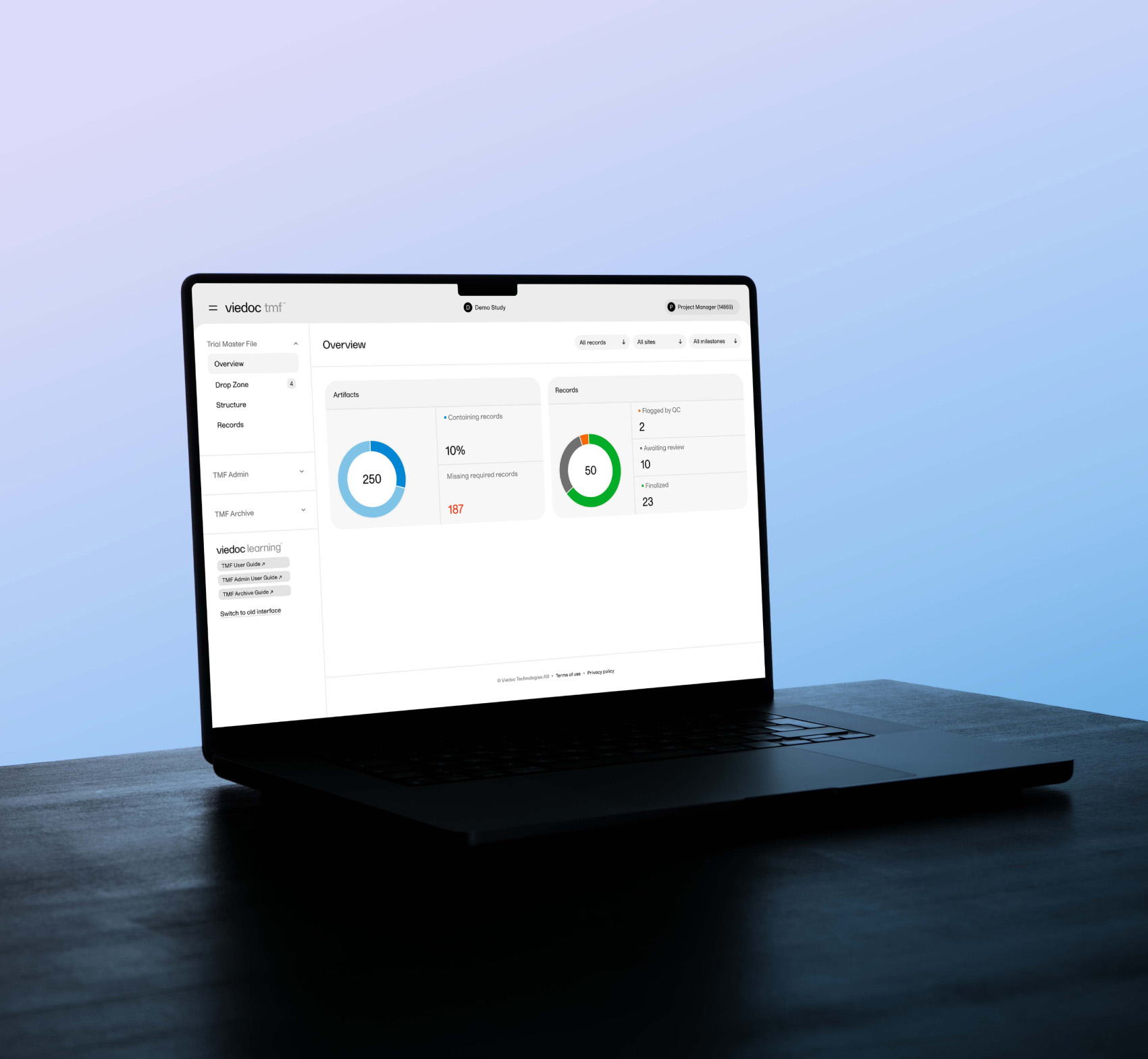eConsent (electronic informed consent) software is revolutionizing clinical trials, allowing trial participants to read and sign informed consent documents online.
The right eConsent solution can bring real value to a research site by:
- Simplifying complex consent processes for participants, improving engagement and retention
- Reducing paperwork and streamlining admin, to allow for greater accuracy and efficiency
- Providing sponsors with real-time participant consent data to support the study management and regulatory processes
- Making participation possible for previously unreachable populations and patient demographics
Through necessity, uptake of eConsent grew rapidly during the pandemic, with over half of all research sites bringing it in by mid-2021, but there are challenges — a successful eConsent solution must meet 21 CFR Part 11 compliance, and work comfortably alongside your existing site processes.
About the webinar
In January, Sverre Bengtsson, Viedoc’s co-founder, and Greg Tullo, Viedoc’s VP Professional Services, Americas, hosted an insightful webinar that took a deep dive into the world of eConsent, talking through the essential features to look for when choosing an eConsent solution, and helpful onboarding considerations.
This hour-long webinar offers a wide-ranging exploration of relevant regulatory compliance, as well as digital inclusivity, data security, participant comprehension, and engagement strategies.
During the first half of the webinar, Greg offers practical advice around the complex landscape of eConsent implementation, and advice on how to foster a smoother, more participant-centric informed consent process in clinical trials. Then Sverre and Greg hold a live Q&A session, zoning in on some key questions, and sharing stories based on their vast knowledge and experience in this area.
Anticipated hurdles
There was an audience poll during the webinar to get some information on their background and what they were looking for to help steer things accordingly. Almost three quarters of the audience said they were not yet using eConsent, citing regulatory requirements as by far the biggest barrier they anticipated (69%), followed by issues with technology (15%), and site resistance (15%).
- Regulatory acceptance:
Guidance is lacking and inconsistent for those keen to bring eConsent into their sites. It can feel like a minefield but with a lot of research early and often during the process, and always ensuring compliance with local regulations, it can be swiftly and successfully achieved.
- Technology considerations:
Technology should be a tool, not a hurdle, fitting into participant’s regular lives wherever possible, for example allowing them to use their own familiar smartphone. And don’t assume because you are working with, say, an older demographic in a study, you shouldn't be looking at electronic tools. Even if participants have no experience using them, as long as the system is clear and intuitive, they are generally preferred to the traditional paper form.
- Bringing the site on board:
Spend time considering impact on site teams and communicate the clear value of implementing eConsent. Talk about the reduction in paperwork, and the fact that participants can watch a video and then just go to site personnel with questions. The site is your most important partner.

Curious to learn more?
The webinar is available to watch on-demand until January 24, 2025, on the xTalks platform.



